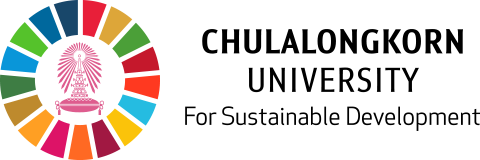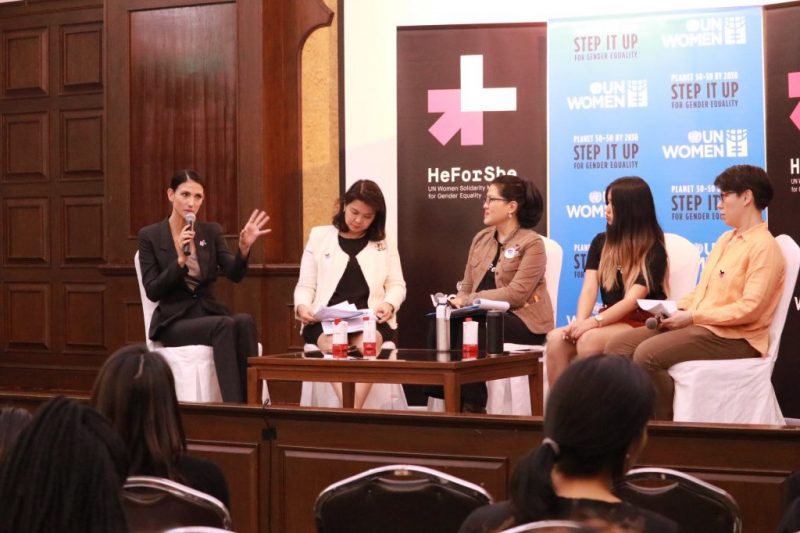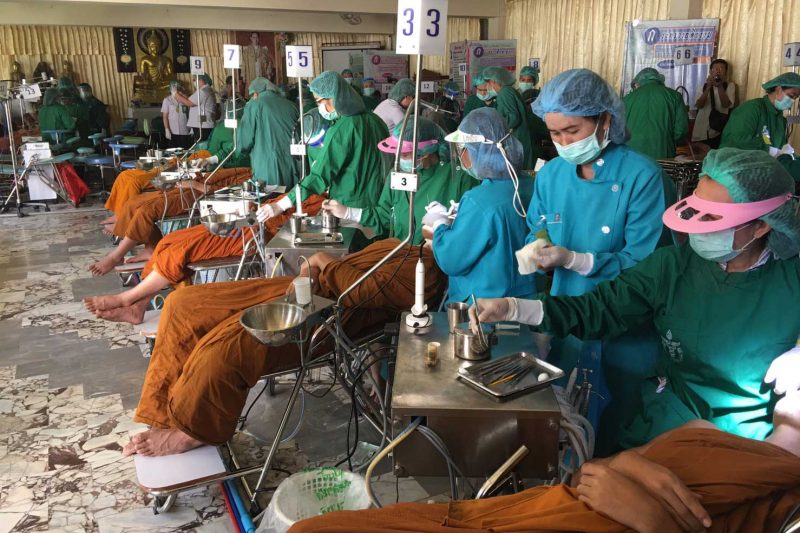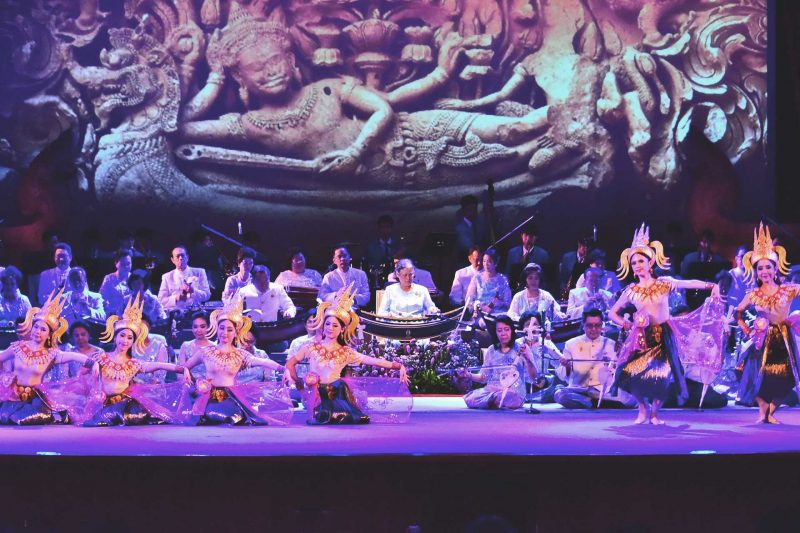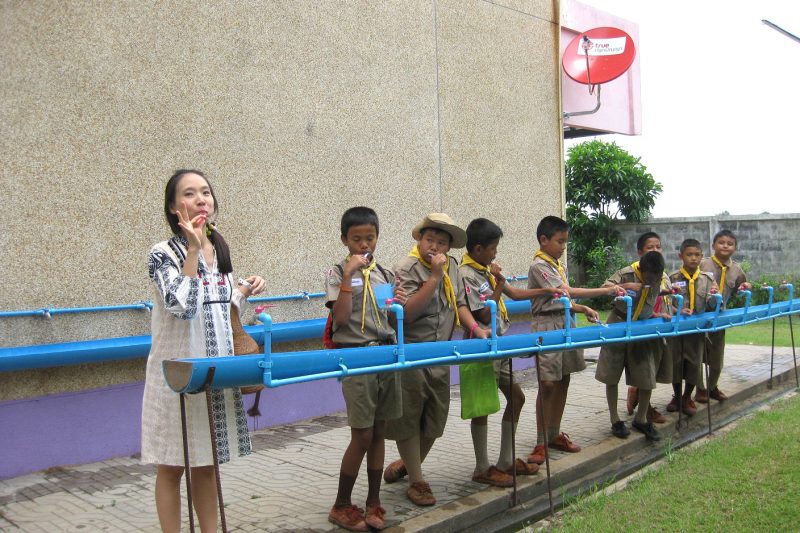Chulalongkorn University Launches “Sameasan Model” to Eliminate Thailand’s Excess Marine Wastes
Photo by Naja Bertolt Jensen on Unsplash
Marine wastes are currently a global environmental issue. Marine wastes have a multifaceted impact. The effects can be categorized into three dimensions: the environmental dimension, the economic dimension, and the social dimension.
Chulalongkorn University – the Marine Science Department, Faculty of Science and the Aquatic Resources Research Institute – has revealed the success of the Sameasan Model, intended to resolve the issue of wastes inputs from land into the sea of Chonburi Province. The 3Rs principle has reduced the number of wastes in the Sameasan area by 30%, indicating a promising plan to implement the model at the national level.
Source: Sustainability Expo
[ https://www.youtube.com/watch?v=KP5M9OSGEcg ]
From the Discipline of Marine Science to the Development of Sameasan Model
Sameasan Model or Waste-free Sameasan is one of the projects to eliminate marine wastes in Thailand. Entitled “the Community Awareness Building on Waste Management and Separation to Prevent Waste Inputs into Sameasan Sea Areas,” the project has been operated by the Marine Science Department, Faculty of Science, in collaboration with the Aquatic Resources Research Institute. The National Research Council of Thailand has also contributed to the project by investigating and researching the effects of marine wastes and microplastics on marine creatures and residents in the Sameasan community, Sattahip District, Chonburi Province. Additionally, a framework for educating the public about the significance of protecting the marine environment has been developed as a result of the regional cooperation, led by the Samaesan Subdistrict Administration Organization, Sattahip Naval Base, and the local civil society. A social innovation that includes not only participatory research but also awareness and community building has shared the knowledge of waste reduction and separation with the local community.The underlying principles of the project in Sameasan derive from Chula Zero Waste, an intra-university project to manage wastes in Chulalongkorn University. The Japan International Cooperation Agency or JICA has as well supported the project by providing instruments used to explore the number of marine wastes on Samaesan Island. Following this, JICA developed recommendations for the relevant government agencies in order to monitor, follow, and prevent marine wastes pollution brought on by plastic wastes.By using the 3Rs (Reduce, Reuse, and Recycle) principles, 30% of the area’s wastes have been eliminated.
Professor Dr. Suchana Chavanich, Department of Marine Science, Faculty of Science, Chulalongkorn University, who initiated the project, stated that the parties associated and the community shared the common goal: “The fact that the area is Thailand’s first successful experiment station for sexual propagation of coral has gained public traction and support in terms of marine conservation. Situated close to Bangkok, the area is also suitable for the tourism industry, particularly among ecotourists. These elements have encouraged the community and visitors to work together to reduce and separate wastes so that the Gulf of Thailand is not harmed by such waste.
Excess Marine Wastes in Need of Root Cause Resolution
In addition, Professor Dr. Suchana Chavanich highlighted the environmental effects: “At the moment, Thailand is facing a difficult problem of wastes inputs from land into the ocean due to poor water management.The majority of wastes were made up of single-use plastics, which are not only non-biodegradable but also broken down into microplastics and nanoplastics, which endanger the ecosystem by contaminating the food sources used by marine life.Such creatures are consumed by humans.According to one of the studies, a person’s body contains more than 10,000 microplastic pieces.Although it may take 5 to 10 years for the effects of microplastics on human health to be confirmed, it is advised that people immediately cut back on and stop using single-use plastics.
Implementing a policy and waste reduction and elimination measures is crucial to preventing wastes from entering the ocean. A framework for waste management has been developed to reduce wastes on a national and international level as a result of the project’s success and knowledge gained from it.This has led to empirical data at the local level demonstrating that when there are no signs of marine waste in the marine life harvested and the amount of microplastics in the ocean, one of the causes of marine life extinction, are reduced, the ecosystem’s balance and biodiversity are restored.The project has now been expanded beyond the Sattahip District to include Pattaya City and the Ang Sila District in Chonburi Province.In addition, the Department of Marine and Coastal Resources and the Department of Pollution Control have implemented the project to reduce wastes in the nation at the policy level. starting from Rayong province.
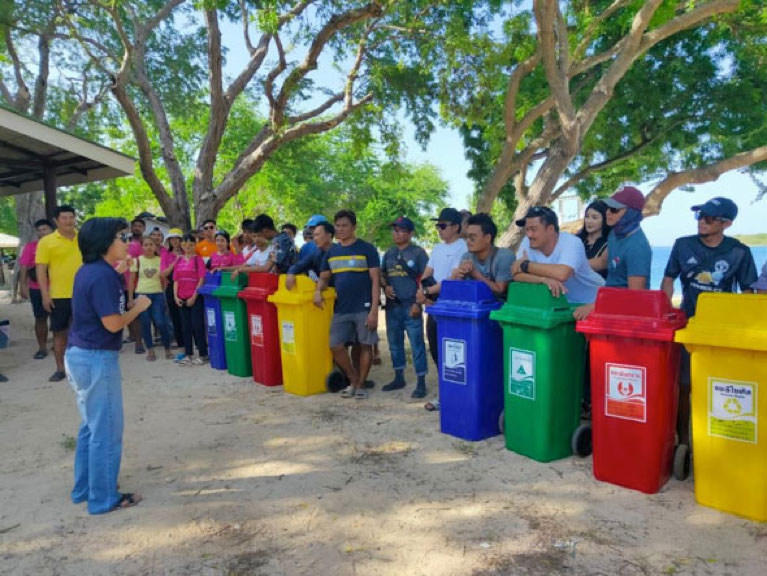
Leveraging the Success of “Sameasan Model” to the International Level
Sameasan Model, along with the knowledge on plastic waste management, has led to the establishment of multilateral international networks as platforms to disseminate such knowledge and strengthen public awareness. Two major organizations are IOC/WESTPAC, which functions under UNESCO-IOC, and the United Nations Environment Programme (UNEP). Further, a bilateral collaboration project on marine waste management and research between Thailand and Japan has been launched and led to the formation of a research center at Chulalongkorn University which is funded by Japan International Cooperation Agency (JICA), in alliance with seven Japanese universities, namely Kyushu University, Tokyo University of Marine Science and Technology, Tokyo University of Agriculture and Technology, Kyoto University, Kumamoto University, Chuo University, and Kagoshima University. The ultimate goal is to reduce marine wastes and return balance to every single marine creature in the Thai seas.
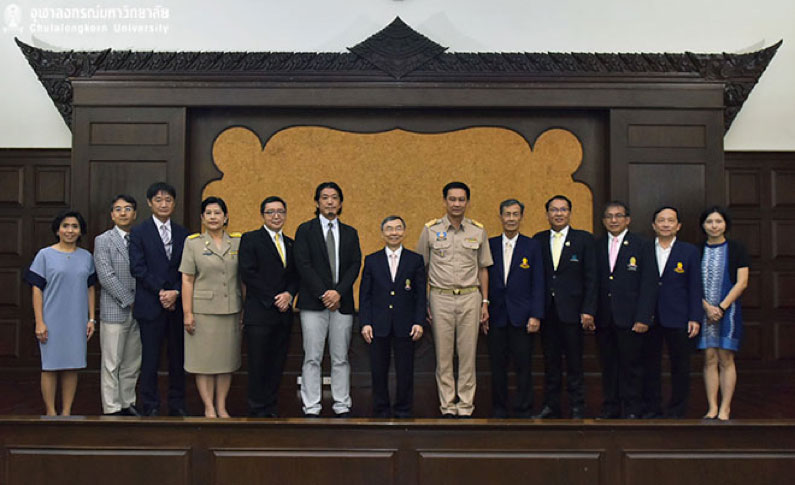
Management of marine debris by Thai fishermen
From beginning to end, there are three main stages in the management of marine waste: (1) preventing and reducing the production of marine debris at the source; (2) preventing and reducing marine debris; and (3) removing marine debris from the sea (UNEP, 2017).
The prevention and reduction of the production of marine debris will centre on the waste’s source. This starts with improving the product design so that the product or part can be reused and to minimize wastes in the system switching to substitute materials or even raising awareness among consumers to consume products that create less wastes, etc.
The Department of Fisheries began “Returning Wastes to the Shore, Beautiful Seas with Our Hands” in October 2019 for 23 coastal provinces. (1) to raise awareness, adjust thinking methods, and change fishermen’s waste management behaviours; (2) to enable all fishing boats that go out to fisheries to collect waste on board and bring it back to shore; (3) to promote that all fishing ports must have a collection point for garbage collected from the sea; and (4) to reduce the use or use of difficult-to-decompose containers or packaging (Department of Fisheries, 2020). However, as of May 2020, only about 3,000 ships out of 10,000 were involved. Due to the low number of fishermen participating in the project, the Institute of Environmental Research, the Environment and the Development and Sustainability Program Graduate School, Chulalongkorn University, led by Dr. Sujitra Vassanadumrongdee, took action to study the factors likely to influence fishermen’s participation in the project. The study results were used to make project-sustaining policy recommendations. The researcher gathered information from surveys given to 105 fishermen in Samut Prakan, Samut Songkhram, and Phang Nga provinces.The results show that there are three factors that influence fishermen’s participation: 1) availability of marine wastes collection facilities, 2) information about the project, and 3) experience in marine wastes collection. For suggestions on the implementation of the project, the Department of Fisheries should publish more information about the project. In particular, through local fishing associations and ship in and out control centres that can reach fishing boat owners. Also, the project should give fishermen more places to dump their trash when they get off their boats and let people know where these places are. The role of participation of other sectors, both the private sector and the people’s sector, can contribute to the sustainability of the project. It may draw cooperation from businesses related to recycling marine wastes and upcycling to receive marine waste, including providing financial support and useful items for marine waste collection. The containers for the garbage on the boat or small rewards that can reward the fisherman’s environmental stewardship, such as daily consumables, etc.
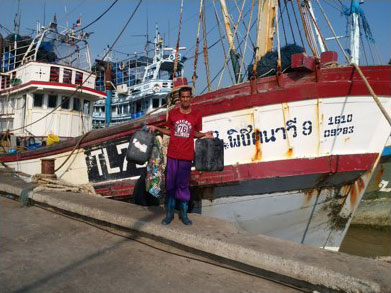
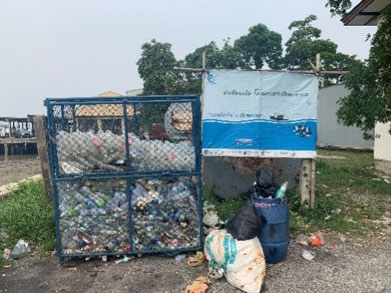
Source: http://www.ej.eric.chula.ac.th/content/6140/325
BY
Faculty of Science, Chulalongkorn University
Others
On the Road to More Smiles
Chula Faculty of Dentistry alumnus Dr Krisada Thiranont heads volunteer unit offering mobile services
